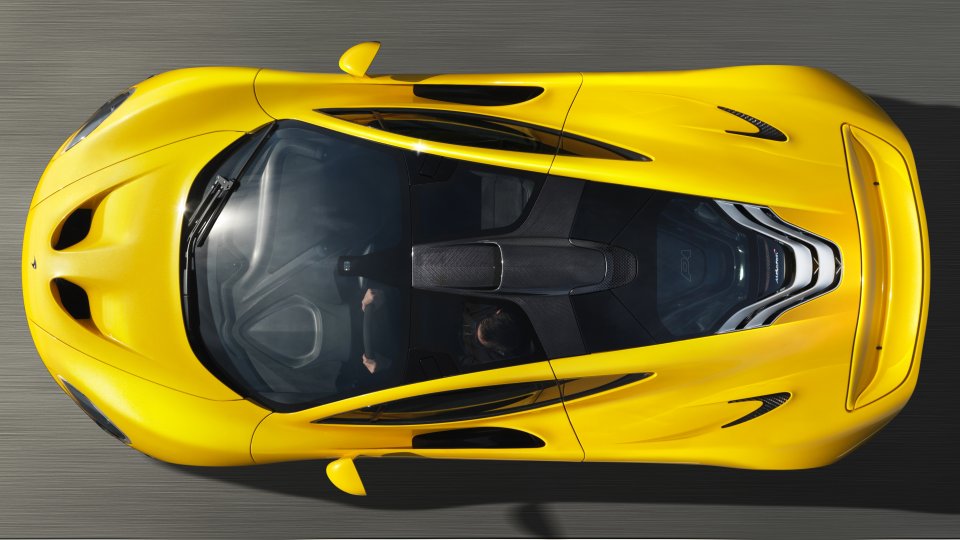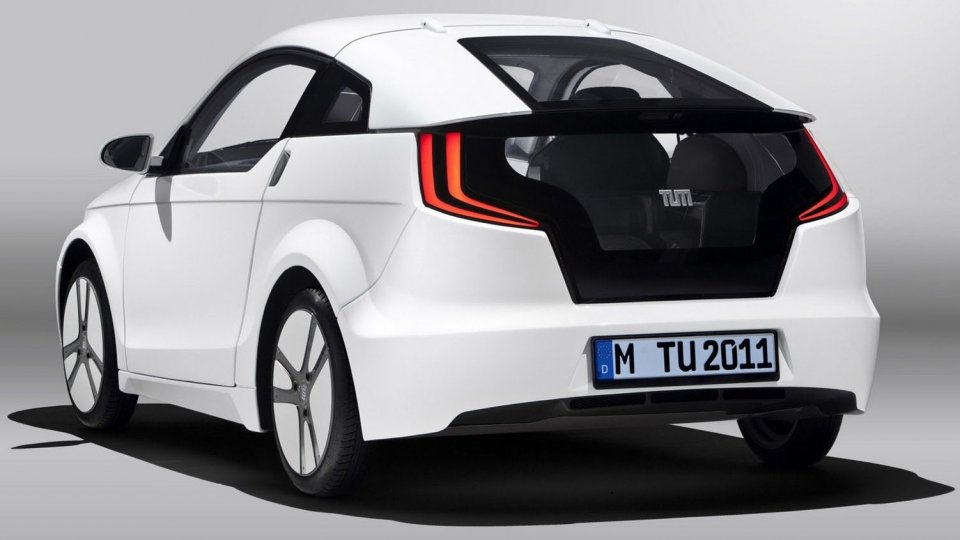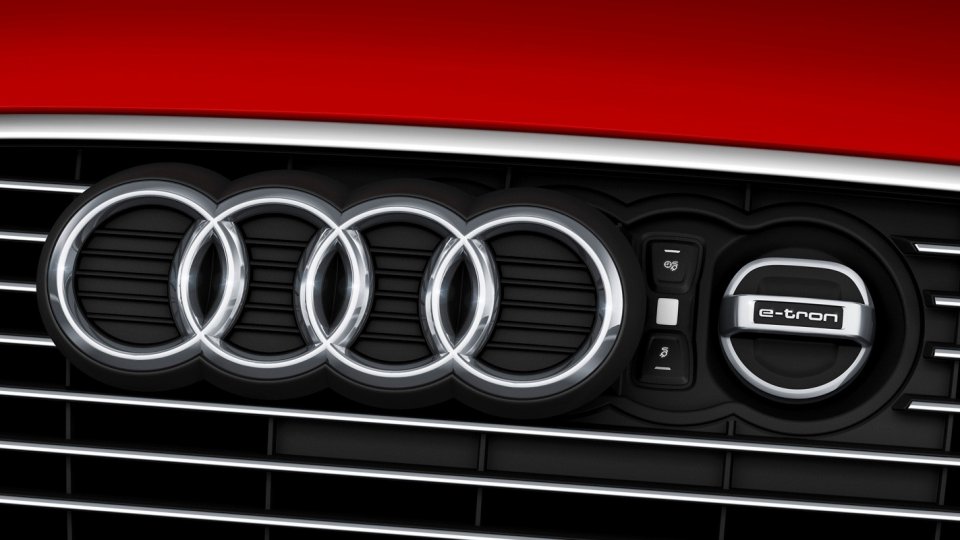Also the Formula Student is getting more and more greener
 The car racing isn't a child's play, we could think, though most of the pros have been doing the laps since their youth – true, mostly in the saddle of a gokart. So, but after all the world of Formula is for the grown-ups, we could think, though...
The car racing isn't a child's play, we could think, though most of the pros have been doing the laps since their youth – true, mostly in the saddle of a gokart. So, but after all the world of Formula is for the grown-ups, we could think, though...
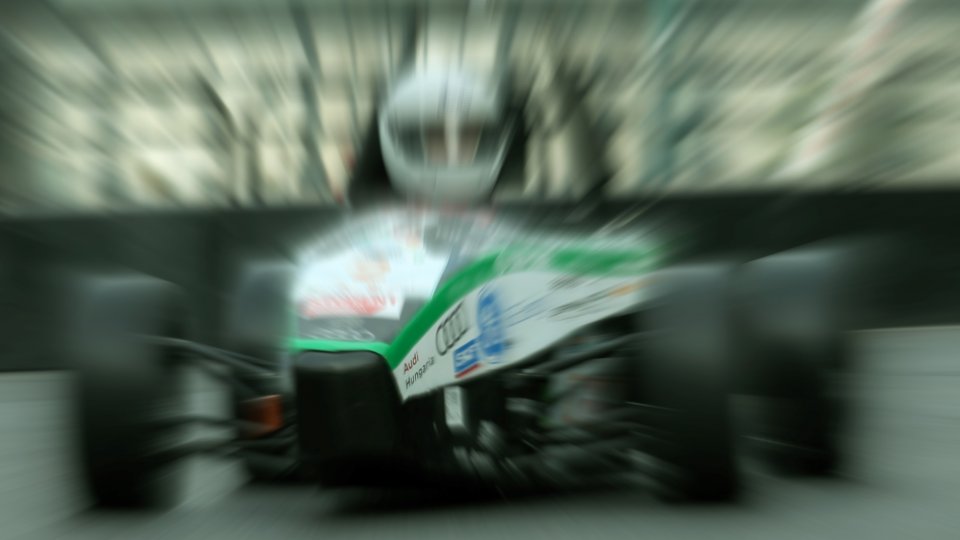
The Formula Student Hungary (FSH) has been organised the third time in the free harbour of Gönyű in the near of Győr. The late-summer event based on the organizer's information was the regional trial of strenght of the teams made up of the world's best engineer students, for which 41 teams entered from 12 countries – beside Hungary Austria, Germany, Finland, Czech Republic, France, Italy, Great Britain, Russia, Polen, Estonia, and as some curiosity also India applied. Hungary was represented by two teams from the Technical University Budapest and by the College of Kecskemét, as the team of Szeged hasn't got ready with it's vehicle. The battle isn't just about pushing the gas pedal: the rivalry begins with the planning, with the searching for innovative solutions, then comes the construction, finally the proof – not just on the track, but also in front of the professional jury.
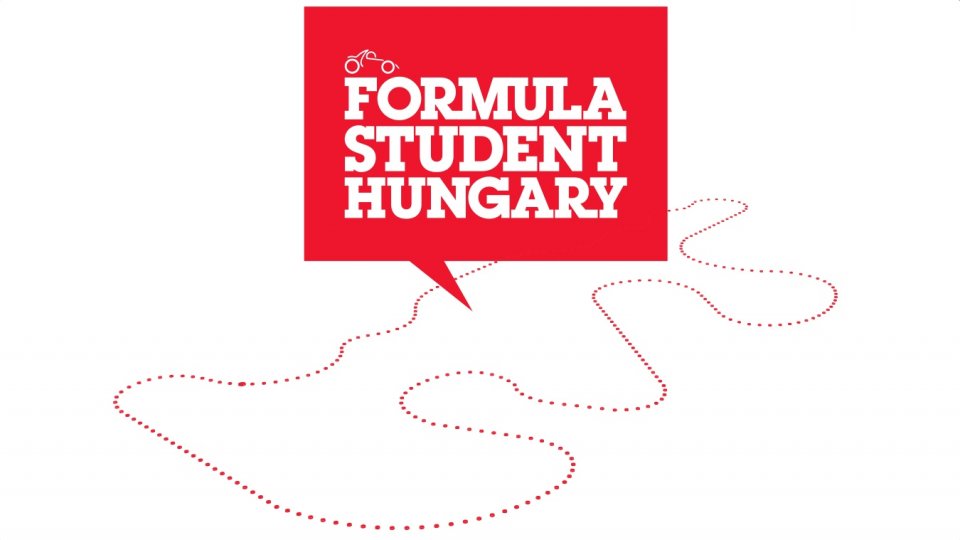
There are more information about the race on the website fshungary.hu we should direct our caring eyes mostly on that detail, over which we have almost overlooked in the last paragraph. Because why does enter one and the same high-educational institute two teams, we may well ask. The answer is a little bit wily, as practically it's about one crew, but about two vehicles, which are almost in everything the same, just their drives are different, but those are radically.
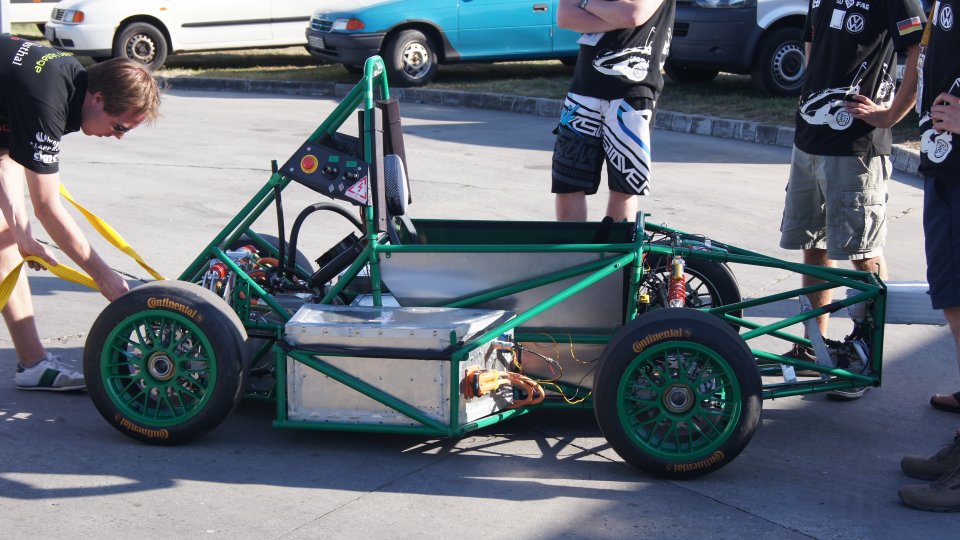
As 2012 was the first year, when also electric powered vehicles could enter for the Hungarian race of Formula Student (in other regions of the world there have already been examples for similar entry possibilities). Ten such vehicles arrived at the asphalt of Gönyű, and the noble rivalry hadn't started yet, as the presschief sighed under his imaginary moustache like this: they're driving really fast, the petrol cars won't have an easy job. He was right, as considering the absolute final result the KA-Racing Electric team of the Technical University of Karlsruhe could stand on the second stair of the podium. Not by the way it was a pleasure to hear on the spot the dramatical difference between the electric racing machines and their not even gently murmurring rivals.
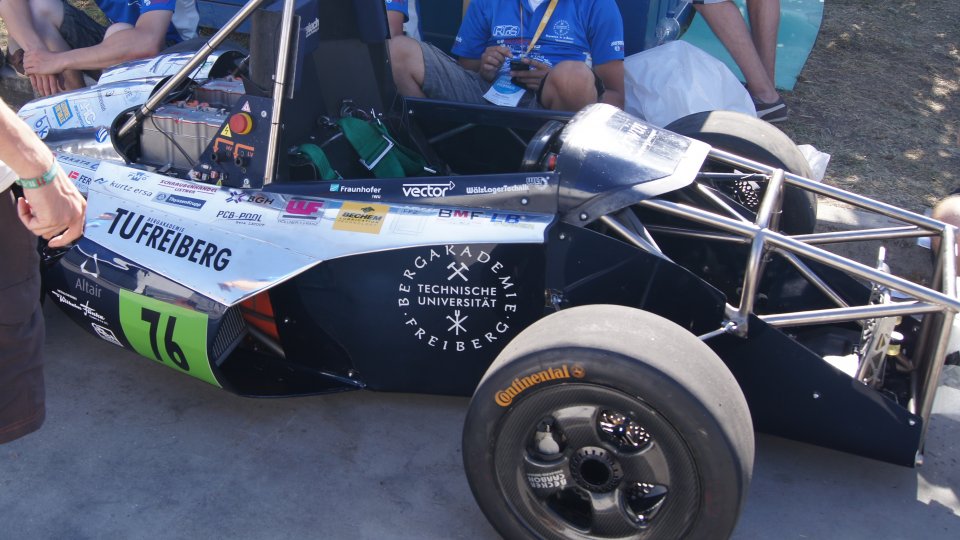
There you are, it's a few days since the Forma E racing series starting from 2014 has been officially announced, to which only electric vehicles can enter, the achievements of the green technology have performed successfully on Formula Student. And as it's truly not about an expensive play arising from youth enthusiasm, it's signed by the still growing circle of the sponsors and professional inquirers: beside the intellectual workshops and individual sponsors of the universities and colleges standing behind the participating teams 20 vehicle industrial companies has contributed to the success of the FSH 2012.
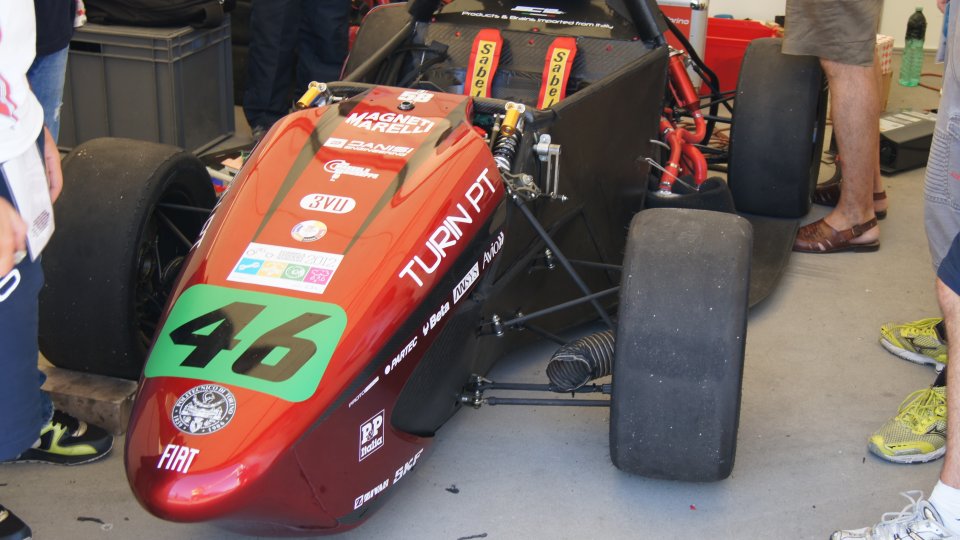
Let's turn back to the electric vehicle of the TUB, which is practically the only vehicle of this sort, about which we got information – that can hardly be called as abundant – from the team members (well, according to these the name of „Formula" draws with itself also the secret-mongering around the individual developments and technological innovations)! The enigmatic name „e-maula" of the frame, as we have already referred to, it corresponds almost totally with it's internal combustion companion, and also the developing team is roughly the same in case of the two vehicles. There was a general restriction in the green category that the total capacity of the batteries mustn't exceed the value of 7kWh which the students of the TUB has sharpened to 6,5 kWh. The voltage of the battery stayed under 600 V, as it's written in the great book. These datas are important because according to the view of the race the representatives of the two drive technology must have been compared some way, which raises certain misgivings. However it may be, it's laudable, that the guys from the capital cut 180 kg from the weight of the previous year's version of the same vehicle, obviously suiting even so the safety prescriptions. The just now raised misgivings are significantly strenghtened by that the petrol car of the TUB finished the race on the smart 7th place, the „e-maula" arrived just on the 24th place. Hardly was the electric drive so weaker, even if not only the achieved result counted into the final result, but also the professional evaluation of the applied technological solutions. Moreover, that seems as logical, that just here can the green technologies throw into relief.
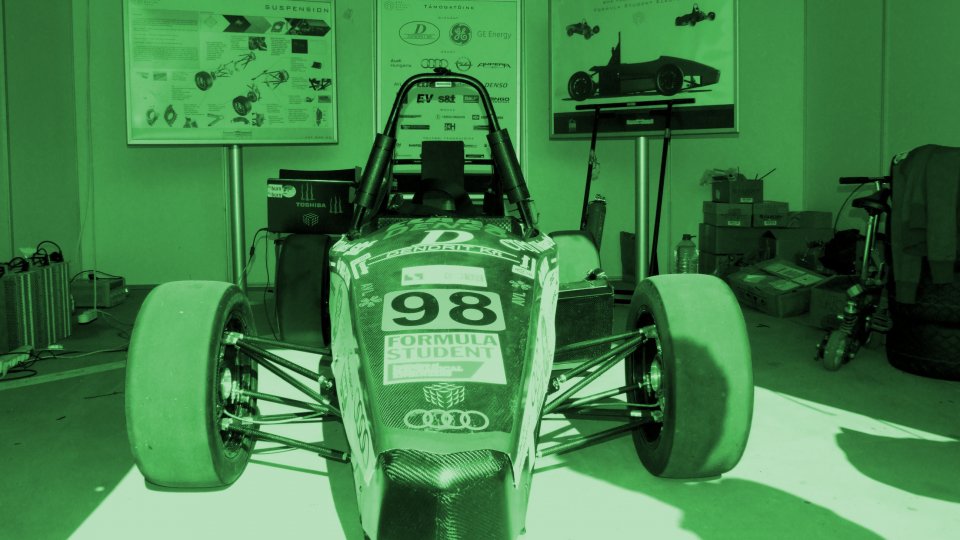
Also from the scientific view more and more significant, spectacularly developing competition has proved on the one hand the expansion of the alternative drives again, ergo it's reason for it's existence, but in the same time it left a big question mark (exlamation point) in us in connection with that, if two different drive conceptions could be matched. It's also not sure that it's worth to organise such a battle on the field more difficult to reach for the general public – supposing if the organisers expect not exclusively professional inquirers. Nonetheless it can inspire us with proudness that the area of Győr counting as the car industrial citadel can give home for such an outstanding international event year after year.

It's the end of our article, but we are curious, what do our readers think about the commensurability of the performance and the abilities of the combustion engines and the electric drives. We receive with thanks the comments below!
